What is the best heating and cooling system for a slab on grade home?
My fiance and I are building our first home. We purchased some basic house plans that are designed for a slab on grade home. I am really leaning towards slab on grade for the aesthetics, savings, as well as for environmental reasons. I live in New England and our winters are consistently below freezing and our summers frequently hit the high 80s and low 90s with bad humidity. Based on these factors, what type of heating and cooling system should we be looking into? I feel like if we go with a slab on grade we would almost certainly have to get radiant floor heating otherwise the exposed cement would get very cold in the winter. With that said, we would most likely also want to get some form of forced air system to heat our second floor as well as provide cooling to both floors in the summer. The forced air would also help maintain air quality in the home year round.
The above system in my mind would be ideal, but it also seems expensive to have both radiant floor heating AND forced air, especially when one of the reasons we are choosing a slab on grade is to save some money.
Thoughts?





















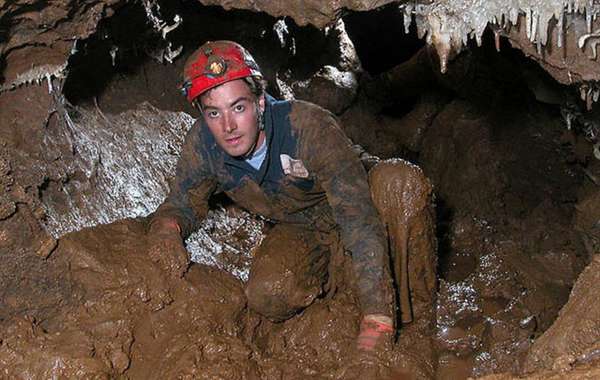
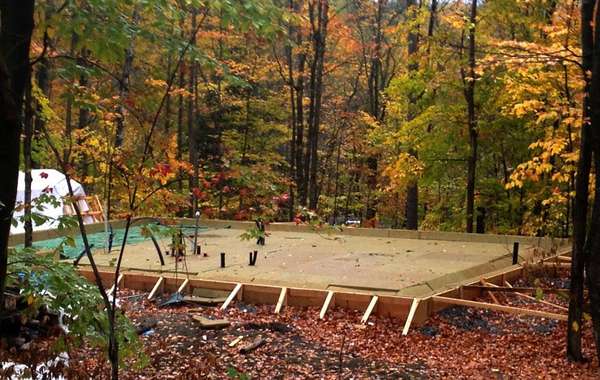
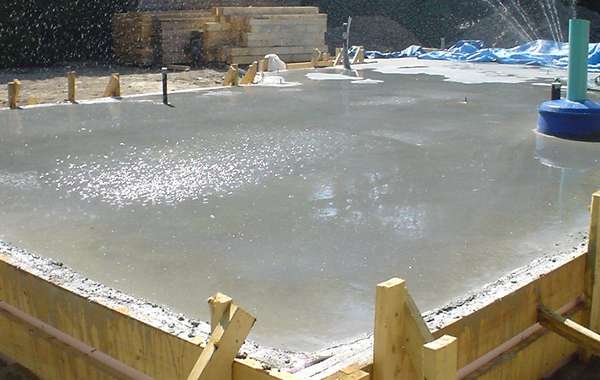
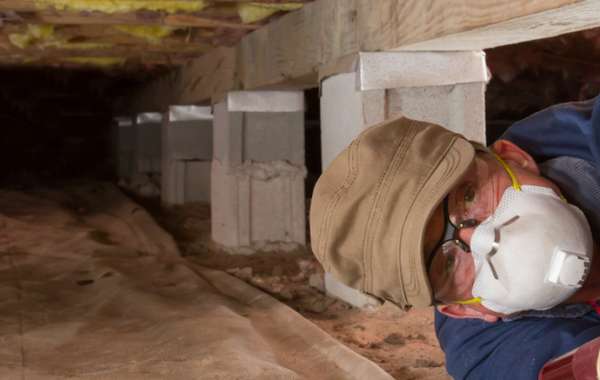
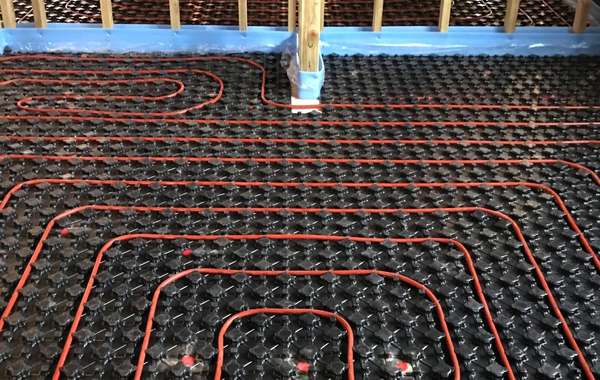

A slab on grade home is in our experience the cheapest way to get started on a very durable and energy efficient home. I agree with you that a radiant heated slab floor would be much more comfortable than any other heating system. I would first point you to this page about thermal comfort and performance –
How to design a home for thermal comfort
If you are talking about a two-story house then you would need supplementary heating upstairs (even just to get a permit possibly) as radiant infloor heating doesn’t usually heat well for a second story unless it is extremely well insulated and fairly open to above.
When you install an HRV or ERV ventilation system, you could include an air conditioner with that as well (it may also need makeup heat in the winter depending on local building code) and it is all using the same duct system and the floor just heats independently. I think the starting place for you may actually be to check out our Leed Platinum Edelweiss Demonstration house that we built in 2015, it is a super-insulated slab floor with radiant heat, and the cooling is all provided by a combination of air source heat pump and a heat pump water heater working in tandem.
Our latest demo house we used a solar air heated floor from Legalett, they provide engineered slab on grade prefab kits with air heated radiant floors. We were really happy with it, and they are available all across the US. You can read more here about the difference between air heated and hydronic heated radiant floors. How far into your design are you, and are you hoping to build this year?
Mike! How do I learn more from you about heating and cooling for a slab on concrete home that is s as steady built with collapsed ducts?
Thank you for all of the fantastic information above. Slab is cost effective and a good start for an eco home. But do you think having both radiant floor heating, ductwork, heating/cooling systems heat is a bit redundant? Wouldnt having multiple systems to heat remove any cost savings that we gained by going with the slab?
I don’t think its redundant, partly due to how it impacts comfort. As you say, a slab is a more affordable way to build an efficient house than a basement, so you’re ahead of the game budget-wise. If you were to re-apply those savings to efficiency and comfort I think you’re still ahead of the game financially, but with a more comfortable and durable home. Maybe not with a cheaply built basement that will rot inside a decade, but certainly with a well built and insulated basement since that’s more expensive to do than the way almost all homes are delivered by developers.
And here’s my final pitch - on an unheated slab on grade, no matter how well-insulated it is, it will be cool on your feet, so I personally consider it part and parcel of a slab foundation simply for quality of life more than anything. If you're weighing your options, exploring the pros and cons of electric radiant floor heating might help clarify whether it's the right choice for your home. The added benefit is resilience, in that you have a large thermal battery to store heat and help balance temperatures, which is great during a short power outage to stay warm and it can help you ride out a short heat wave without needed AC. And the trade off, is that you pop an air conditioning add-on to your ventilation equipment, since any radiant heated home needs an air exchanger to remove moisture and provide fresh air for occupants. I think any financial differences there may be in build cost are outweighed in long term operational costs, and it’s just a nicer home to be in. Can you tell I don’t like basements? ;-)